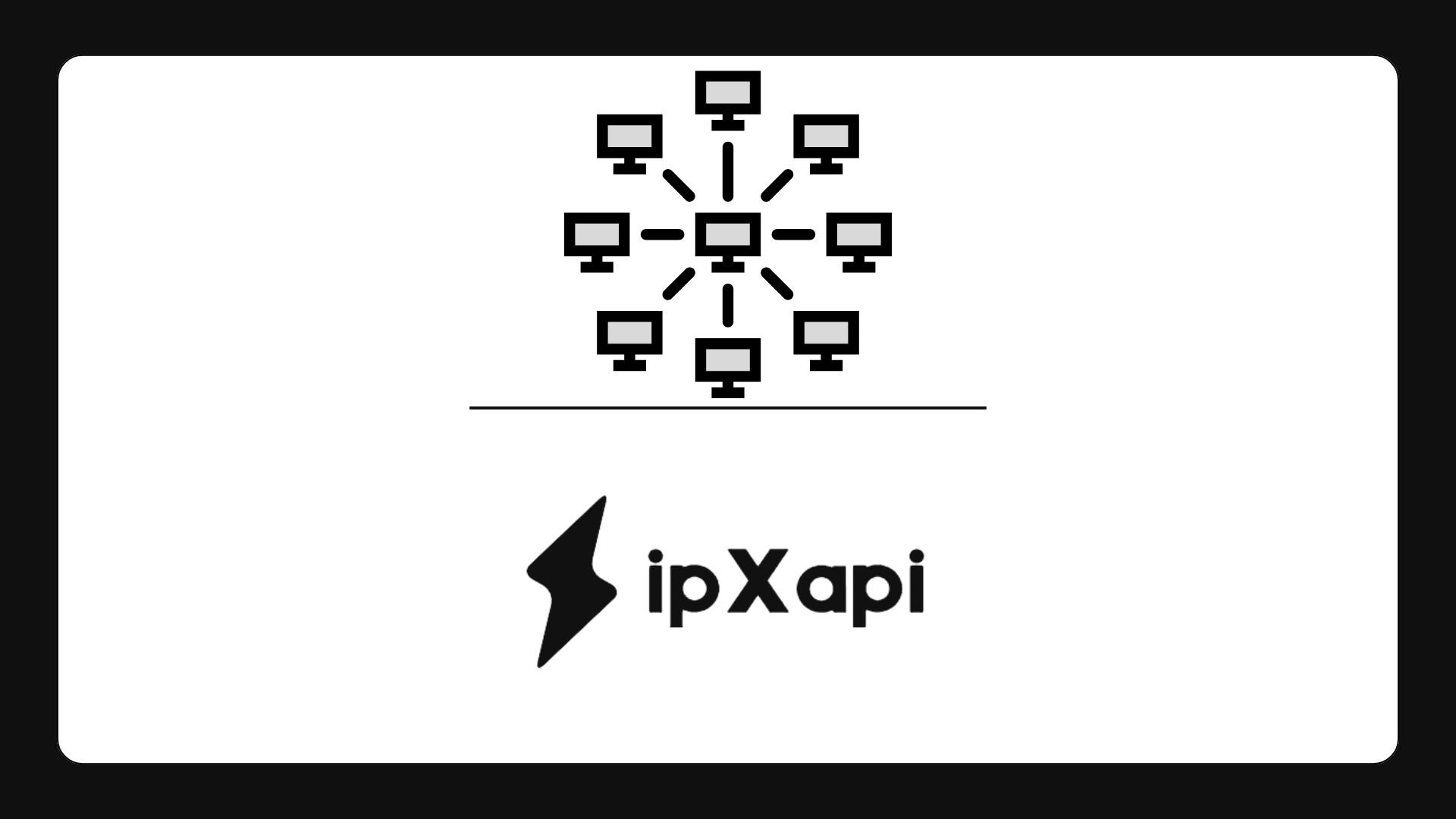Proxy Checker API For Verifying User Authenticity

In the rapidly evolving digital world, protecting your online assets is more crucial than ever. Being one step ahead of these threats is crucial because they could include malicious actors attempting to get past security measures or skilled scammers concealed behind multiple layers of anonymity. One tool that is crucial to this protection is the Proxy Checker API, also referred to as ipXapi.
Use Cases of ipXapi's Proxy Checker API
The versatile nature of this Proxy Checker API makes it ideal for a wide range of industries and applications. Below are three key use cases where the API proves invaluable.
- E-commerce platforms are particularly vulnerable to fraud, as the rise of online transactions has provided fraudsters with a multitude of ways to exploit vulnerabilities. From unauthorized transactions to account takeovers, bad actors often rely on proxies to obscure their true identities and locations. By using ipXapi’s Proxy Checker API, e-commerce businesses can instantly flag and block suspicious IP addresses, reducing the likelihood of fraudulent activity and protecting both the company and its customers.
- Imagine a scenario where a customer is attempting to make a purchase using a proxy server to mask their location. Without a tool like this one, this fraudulent activity could go unnoticed, potentially leading to significant financial losses for the business. However, with its real-time proxy detection, businesses can quickly identify and stop these transactions, safeguarding their revenue and reputation.
- In the cybersecurity space, threats are constantly evolving. Cybercriminals frequently use proxies to mask their locations and bypass traditional security measures. Whether it’s a coordinated DDoS attack or an attempt to breach sensitive data, proxies allow attackers to remain anonymous, making it harder for security teams to identify and block them.
With ipXapi’s Proxy Checker API, cybersecurity teams can gain valuable insights into the nature of an IP address, including whether it’s associated with a known proxy or VPN. This allows organizations to take proactive measures, such as blocking or flagging high-risk IPs, to prevent unauthorized access and reduce the risk of data breaches. By integrating it into their security systems, businesses can greatly enhance their ability to detect and neutralize proxy-based threats.
How to Get Started With The API
Getting started with this API is a straightforward process. The API is designed with user-friendliness in mind, ensuring that developers of all skill levels can integrate it into their systems with ease. Here's a step-by-step guide to help you begin:
- Sign Up for an Account: Visit the ipXapi website and create an account. You can start with a free plan to explore the API’s capabilities and test its features.
- API Key: Once you’ve signed up, you’ll receive an API key. This key allows you to authenticate your API requests and access the various services offered by this tool.
- Documentation: It provides comprehensive documentation to help developers integrate the API. This documentation includes detailed instructions, code samples, and best practices to ensure a smooth integration process.
- Integration: Follow the instructions in the documentation to integrate the API into your system. The API supports a variety of programming languages and platforms, making it accessible to developers regardless of their preferred tech stack.
In addition to the free plan, ipXapi offers several pricing tiers to accommodate businesses of all sizes. Whether you’re a small startup or a large enterprise, ipXapi has a plan that will suit your needs. For larger organizations handling significant volumes of traffic, its enterprise-level plans provide extensive support and additional features to help manage high volumes of API requests without any lag.


